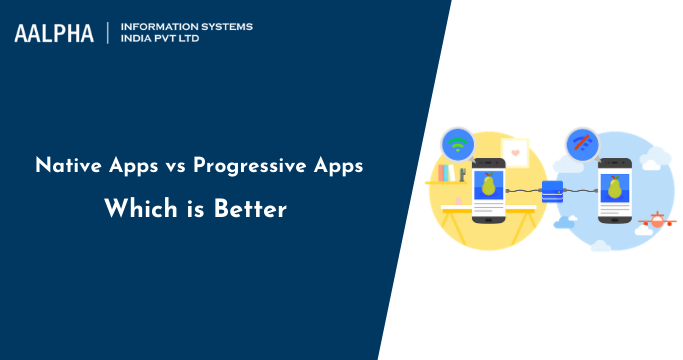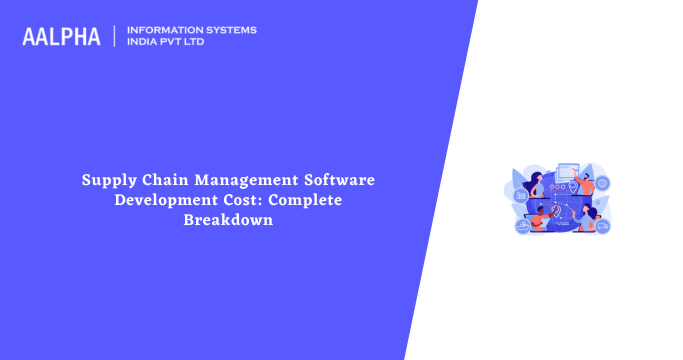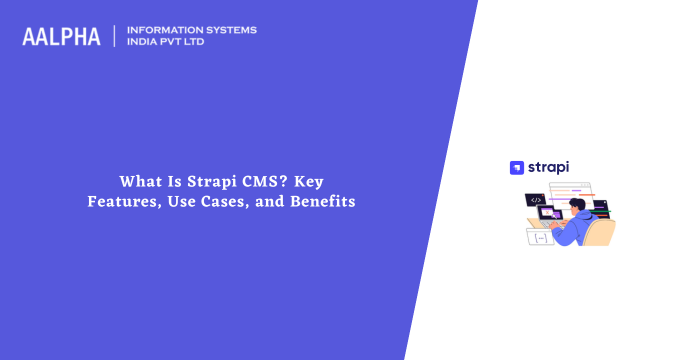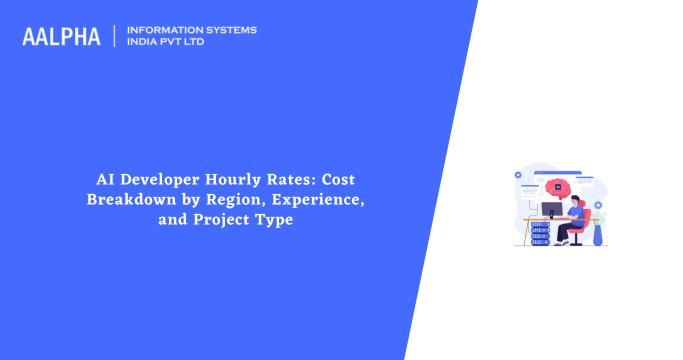The number of individuals using mobile devices to navigate the internet has skyrocketed over the last decade. There are some successful ways of building a smartphone interface that truly satisfies current consumer needs. For instance, there is a responsive web design, building a web interface that is user friendly.
Then there are native smartphone applications that users can buy from app stores to connect to the home screen of their mobile devices. Apps are a superior smartphone UX that can more easily harness the device’s capabilities, but they are typically costly and time consuming to develop.
We have recently witnessed the entrance of Progressive Web Applications (PWAs) in the market, which involves a mid-way solution between mobile websites and mobile apps. So, let’s understand native apps vs progressive apps in detail.
Native Apps vs Progressive Apps 2022
Progressive web applications
A progressive web application is essentially an accelerated website. Built with the support of HTML, CSS, JavaScript, Angular, or other web technologies, PWAs look and work very similarly to smartphone apps, except through a browser. And though it seems like a win-win situation, let us unpack the key benefits and pitfalls of progressive web apps.
Check: progressive web app development company
Advantages of progressive web applications
-
Compatibility factor
As a PWA is accessible through a browser, it can run on every form of Operating system and technological device.
-
Lower wages
Since the progressive web app is only a website, one may not need a huge budget to build it. especially due to its compatibility with every platform, a PWA is developed once, which means it will require only one development team.
-
Access to the URL
One may not need to download and install a PWA to start using it. All you need to do is open it with a tab, then pin it on your home screen to always have it on hand. Besides, like every page, a PWA can be exchanged with a short URL.
-
Gains from SEO
Technically speaking, the PWA is a website. To this end, instead of launching a new marketing strategy, you should focus on SEO benefits to promote it. Plus, because of Google’s first-time smartphone indexing strategy, the app will be ranked higher.
-
Optimized memory
Although the progressive web app cannot be downloadable. it just requires a limited amount of data storage.
-
Alerts
PWA upgrades without the user pressing on any icons new features are available spontaneously to the user.
Disadvantages of progressive web applications
-
Consumption of the battery
A progressive web application requires access to the Internet; that’s why it drains the battery pretty quickly. Another explanation for excess battery use is that PWAs operate on technology that is not intended for the computing ecosystem. As a result, tools need to work harder to decode the code.
-
Restricted functionality
Provided that PWAs are the “parent company” of Google, be aware not all its features are supported by iOS.
-
Restricted access to hardware
These programs have restricted access to software and hardware features. E.g., they do not embrace features that are not supported by HTML5. In comparison, for iOS users, PWA does not yet function with Facial Recognition, Touch ID, Siri, AR Kit, In-App transactions, and Apple’s other key features.
Check : progressive web app development cost
Native applications
Unlike PWAs, native or smartphone applications are designed for a particular Operating system and provide a wider variety of features. Using computer hardware and software resources, native applications offer solid results and seamless user service. However, many corporations choose PWAs.
Advantages of Native applications
-
Accomplishment
According to its name, a native app is built using the device’s local language. This implies that while delivering high speed and a wide variety of advanced features, smartphone devices do not use a lot of battery power. Solid performance is the key explanation of why many organizations favor native apps over their progressive web equivalents.
-
The finest UX/UI interaction
Appealing and intuitive layouts, vibrant graphics, seamless browsing, and much more are the essential components of “native feel and look”.
-
Complete access to elements of hardware
Apart from PWAs, smartphone apps provide direct access to the built-in functionality of mobile devices, including GPS, camera, Bluetooth, phone contacts, mic, NFC, accelerometer, etc.
-
Offline configuration
Because of internal memory and seamless data integration with the server, a smartphone application will run properly in offline mode. Usually, such apps can cache data while there is a link.
-
Protection and confidentiality of records
As native apps have direct access to hardware modules, they are ideally suitable for security and data protection.
Disadvantages of Native applications
-
Price hikes
Though a native framework is developed exclusively for a single Application, one will need to employ a different development team for each project. You will therefore need a Java or Kotlin developer for an Android app, whereas for iOS Swift or Objective-C experts will be required. At the same time, you can recruit a team of React Native developers to design a hybrid program. A hybrid system is not like a native
-
Phase of installation
It requires more than just clicking on the connection given to start using a native app. Users can visit the app store, locate the app, download it, just go through the installation procedure. This method may take a while, which is why more than 50 percent of customers are more likely to use the brand’s website or mobile app for shopping or surfing – they would not want to download the app.
-
Costs of marketing
Since one cannot use SEO power for smartphone apps, extra promotions required in app stores.
-
Utilization of memory
One of the main drawbacks of smartphone applications is that they use too much RAM. The typical Android app takes about 17.6Megabytes while its iOS equivalent takes around 41.9Megabytes. However, these numbers can vary depending on the type of application.
Conclusion
To sum up native apps vs progressive apps, progressive web and native applications are designed for a range of market scenarios. As mentioned above, the key distinction came from the fact that they are built on different systems and display different degrees of integration with hardware components. These variations contribute to differences in terms of compatibility, advertising peculiarities, and other factors.
Hope you’ve understood about native apps vs progressive apps.




Share This Article:
Written by:
Muzammil K
Muzammil K is the Marketing Manager at Aalpha Information Systems, where he leads marketing efforts to drive business growth. With a passion for marketing strategy and a commitment to results, he's dedicated to helping the company succeed in the ever-changing digital landscape.
Muzammil K is the Marketing Manager at Aalpha Information Systems, where he leads marketing efforts to drive business growth. With a passion for marketing strategy and a commitment to results, he's dedicated to helping the company succeed in the ever-changing digital landscape.